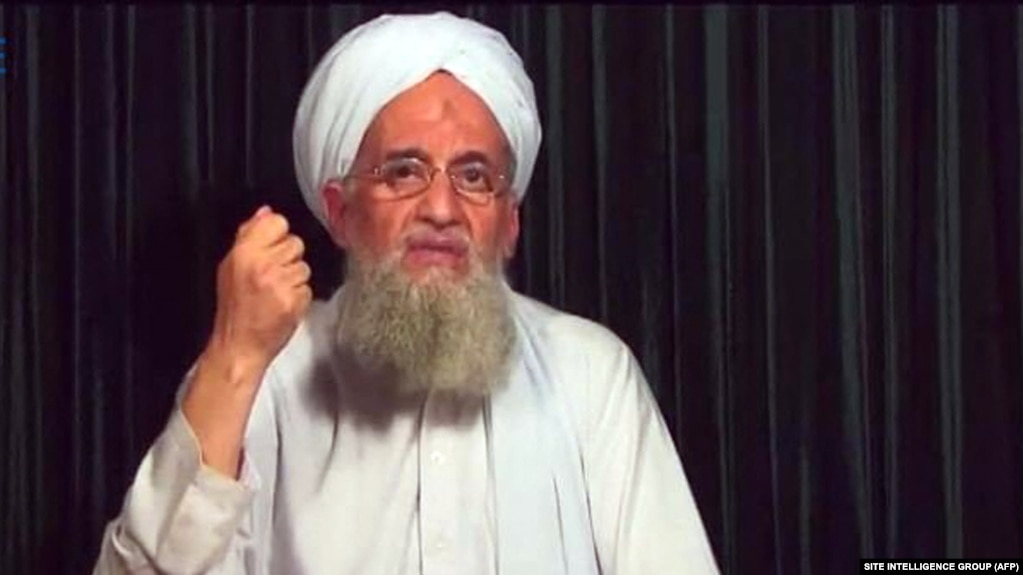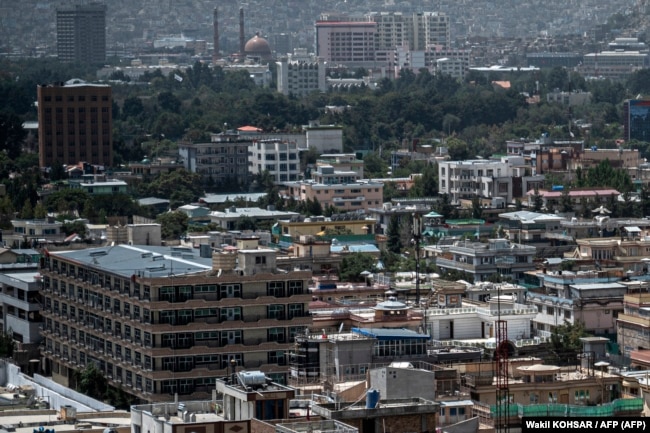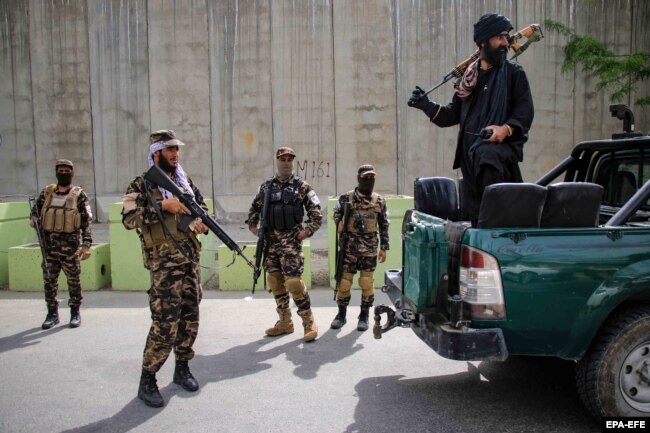August 02, 2022

But in an ironic twist, the terrorist network leader was killed by a U.S. drone strike in a posh neighborhood in central Kabul that was largely built with U.S. taxpayer money.
The house where Zawahri, one of the world’s most wanted terrorists, was hiding at the time of the July 31 attack was located in Shirpur. He was believed to have lived for months in the quiet, leafy neighborhood located within the city’s diplomatic quarters.
Built following the U.S.-led invasion of Afghanistan in 2001, Shirpur was home to the country’s new political elite. The heavily fortified neighborhood was lined with multimillion-dollar villas, some of which were rented out to foreign companies and governments for exorbitant prices.
The neighborhood came to embody the endemic corruption and impunity of the post-Taliban era. Most of the land in the area was allegedly grabbed by high-ranking government officials and powerful former warlords, who were empowered and enriched by the international military presence.
Many Kabul residents referred to Shirpur as “Churpur.” “Chur” means stolen in the local Dari language. After a major corruption scandal in 2003, Afghan police forcefully evicted several hundred people from Shirpur. But many powerful figures who had illegally acquired land in the area, including six cabinet ministers, defied the evictions, despite a public outcry.
After seizing power in August 2021, Taliban leaders and their families moved into the empty villas in Shirpur. One of the walled houses in the area — a pink three-story building surrounded by high walls and barbed wire — was believed to be where Zawahri and his family were hiding.
U.S. officials, speaking on condition of anonymity, said Zawahri was killed when he appeared on the balcony of his safe house and was hit by Hellfire missiles from a U.S. drone. Zawahri was believed to have moved to Shirpur after the Taliban captured Kabul.
A Taliban official, speaking on condition of anonymity, told RFE/RL’s Radio Azadi that the house belonged to Sirajuddin Haqqani, the Taliban’s interior minister and the leader of the Haqqani network, a powerful faction of the militant group. Haqqani, who has a $10 million U.S. bounty on his head, is one of the FBI’s most wanted fugitives.
The Taliban official said security around the house where Zawahri lived was extremely tight. He said only Haqqani and Taliban Defense Minister Mullah Mohammad Yaqoob visited the house on occasion.
“After the drone attack, the street where the house is located was completely cordoned off,” said the Taliban official. “No one is allowed to go there.”
Kabul residents fear that Zawahri’s killing in the city’s most secured area will herald more violence in a country reeling from the Taliban’s harsh rule.
“Why do international terrorists still live in Kabul?” asked Safa, who spoke to Radio Azadi. She said Zawahri’s killing in the heart of Kabul proved that the Taliban still harbored terrorists.
“Why are the Taliban unable to destroy and expel the terrorists from our country?” she asked.
Zawahri’s killing has intensified scrutiny of the Taliban and further undermines its efforts to gain international recognition and secure desperately needed aid.
Under the U.S.-Taliban agreement signed in Doha in 2020, which paved the way for the international military withdrawal from Afghanistan, the militant group pledged that it would not host members of Al-Qaeda.
U.S. Secretary of State Antony Blinken said the Taliban had “grossly violated” the agreement by hosting and sheltering Zawahri. Taliban spokesman Zabihullah Mujahid did not comment on Zawahri’s killing but alleged that Washington had violated the Doha agreement by launching the drone strike.
Zawahri became Al-Qaeda chief after the founder of the terrorist network, Osama bin Laden, was killed in a raid by U.S. forces in Pakistan in 2011. The 71-year-old was one of the masterminds of the terrorist attacks on the United States on September 11, 2001. In retaliation, the United States invaded Afghanistan and toppled the Taliban regime, which had harbored the Al-Qaeda leadership. Zawahri and bin Laden were believed to have escaped to Pakistan.
Another Kabul resident, who did not want to reveal his name for fear of retribution, told Radio Azadi that he feared that Afghanistan would once again become a sanctuary for international terrorists.
“We are worried that these terrorists will exploit Afghanistan again,” he said, “and war will return.”





